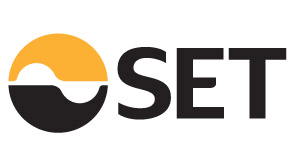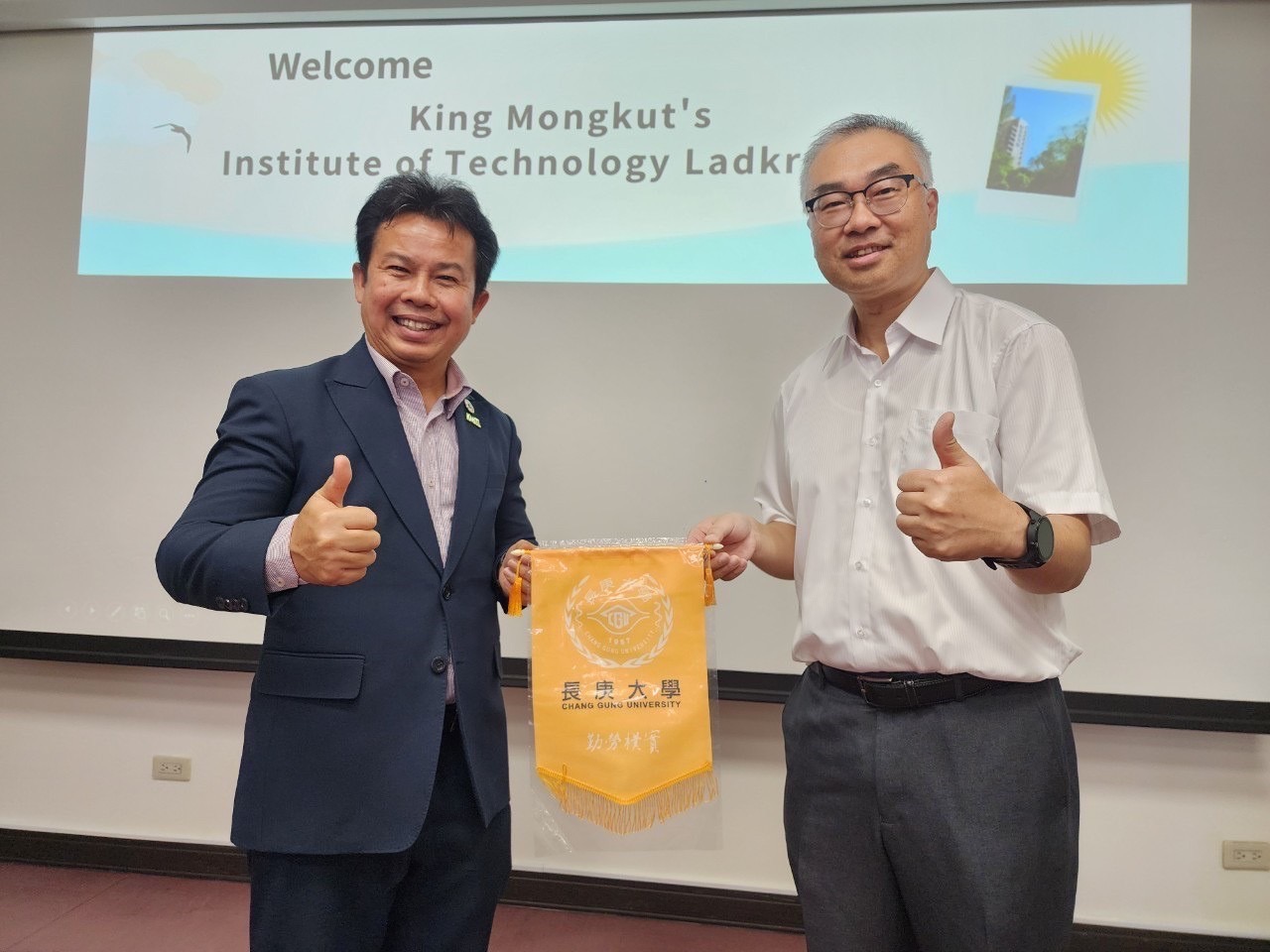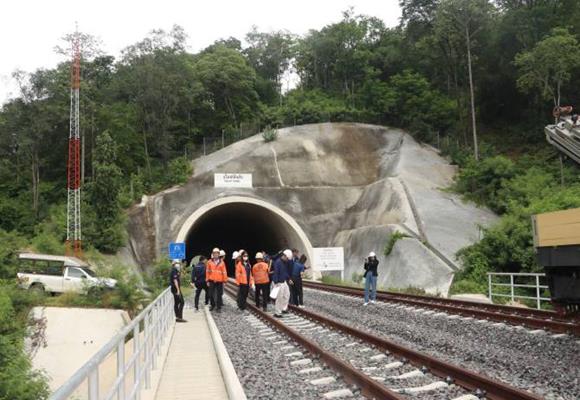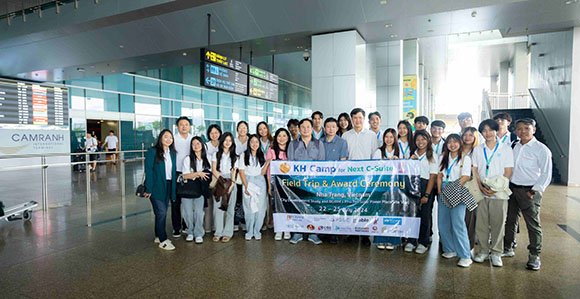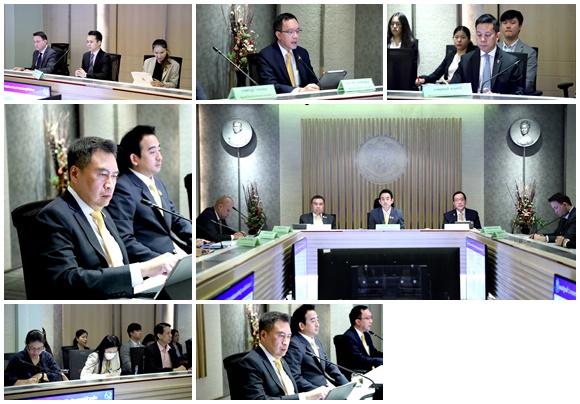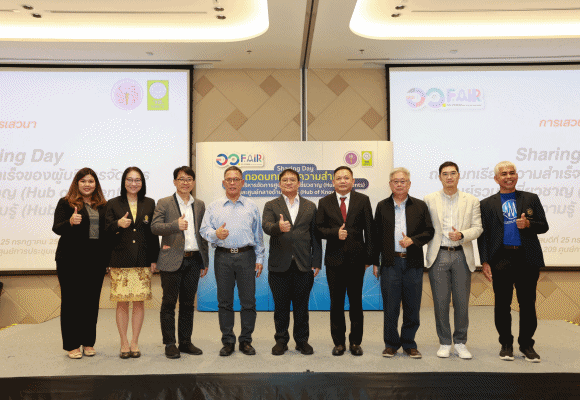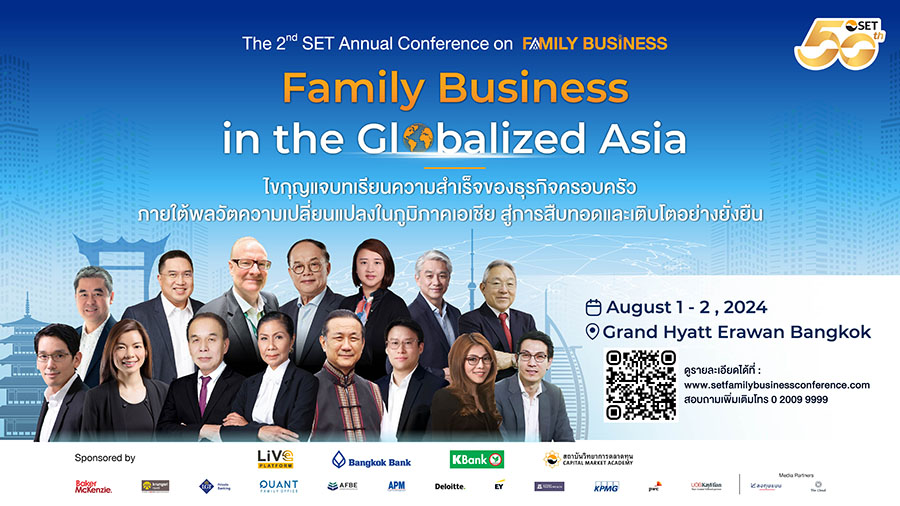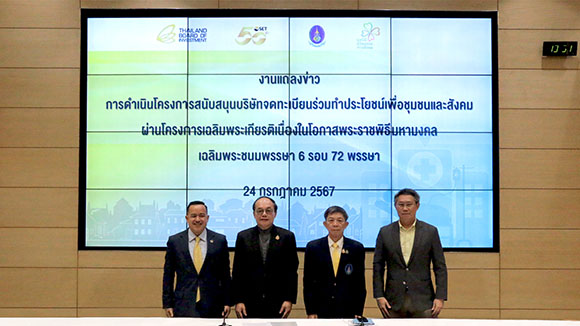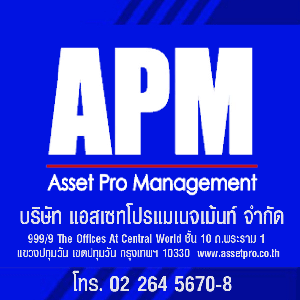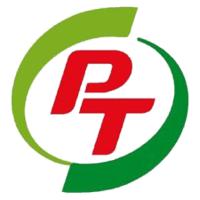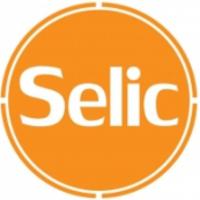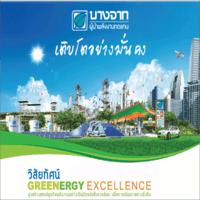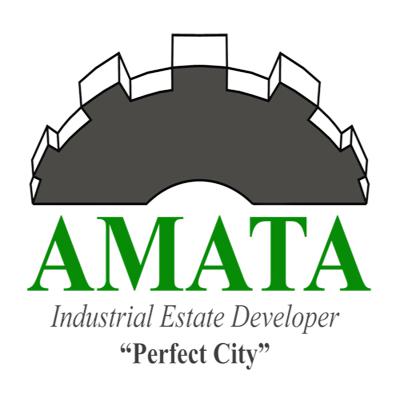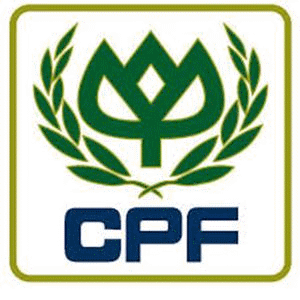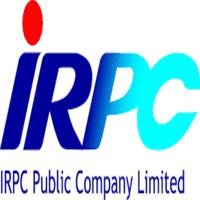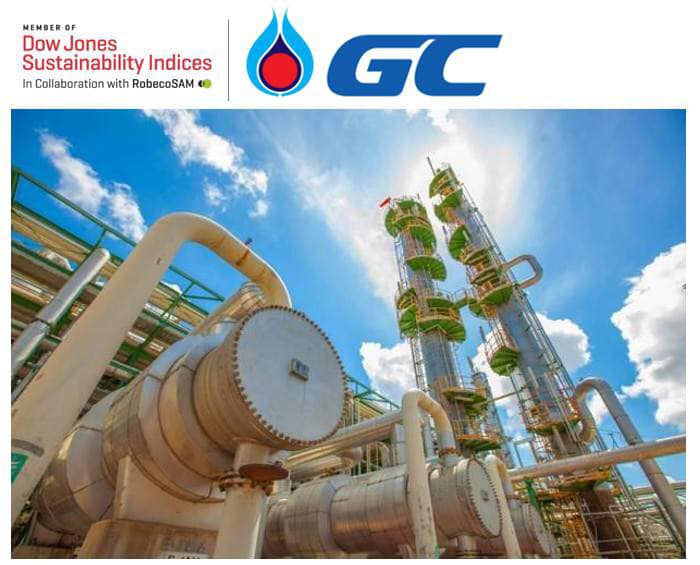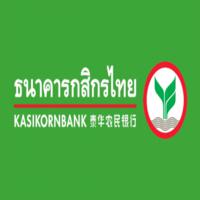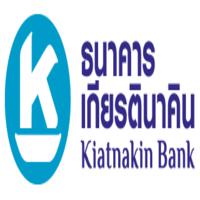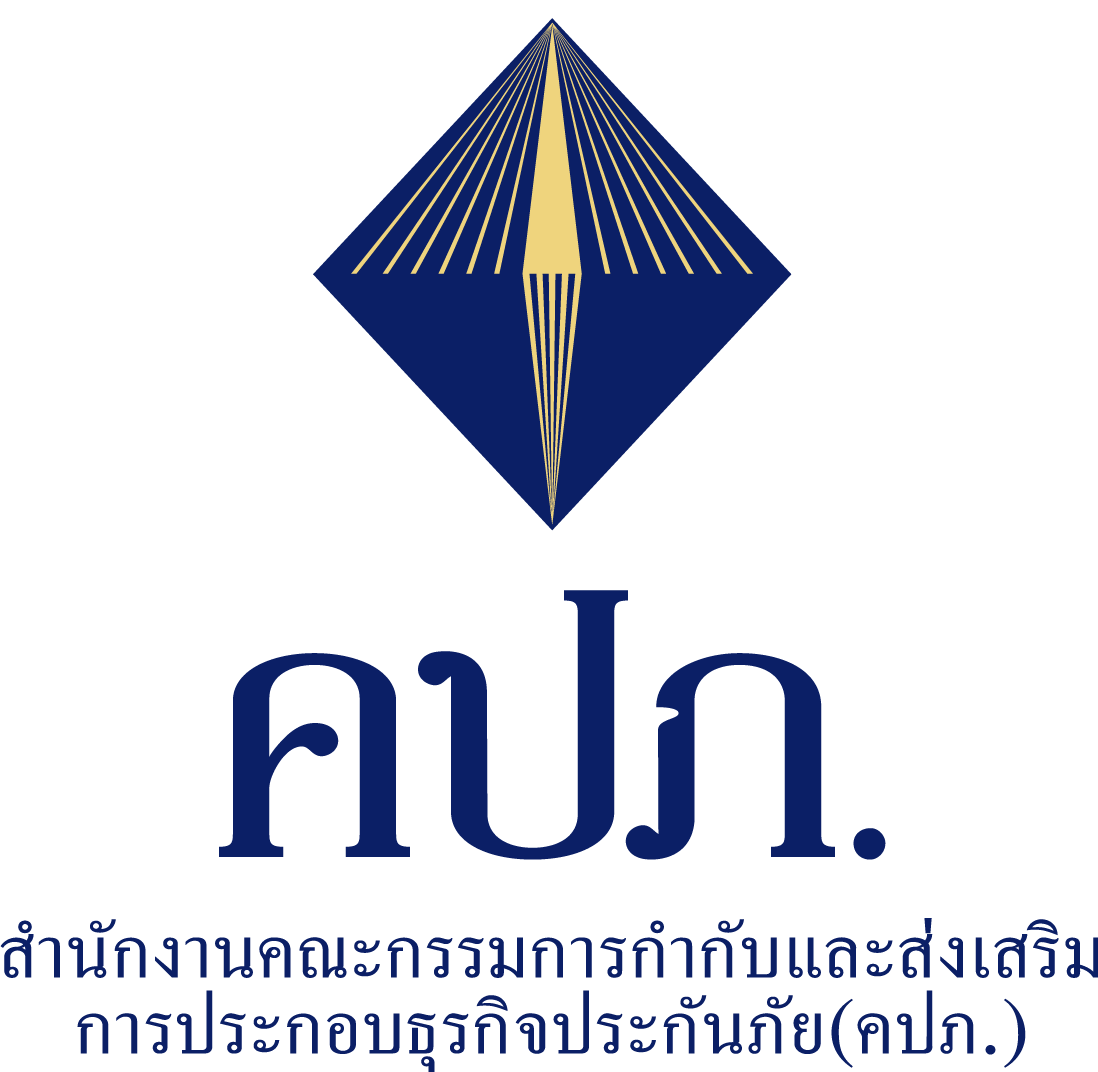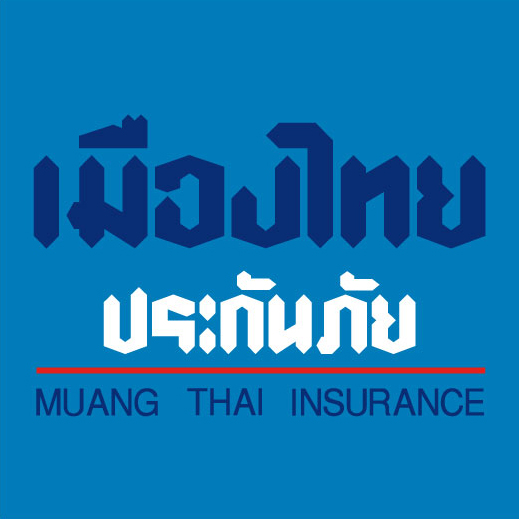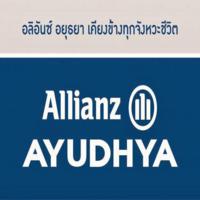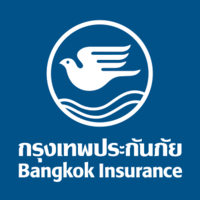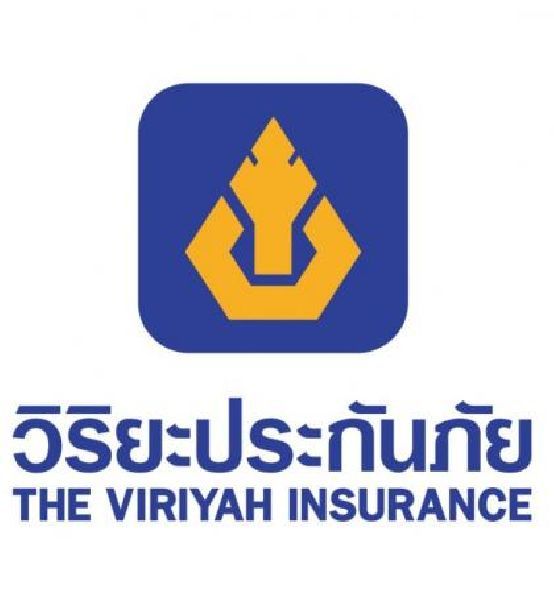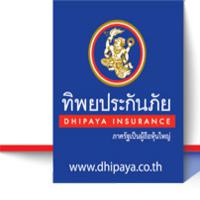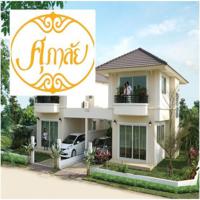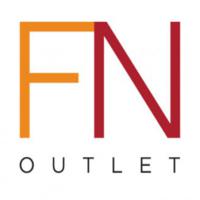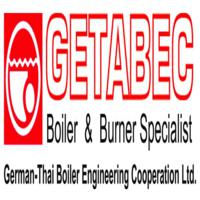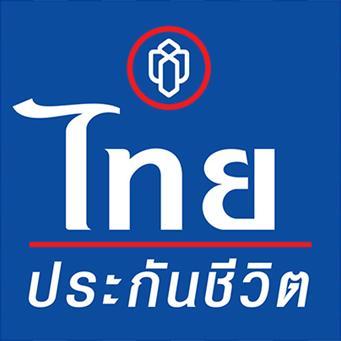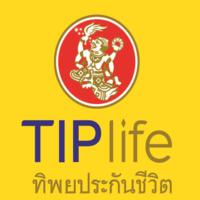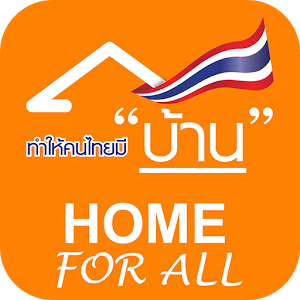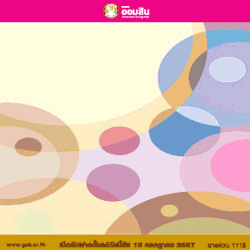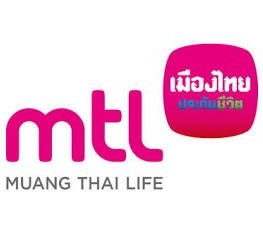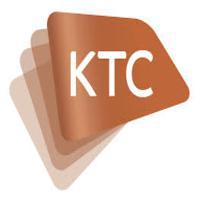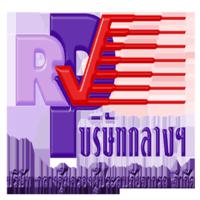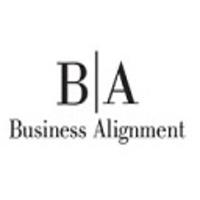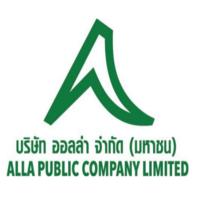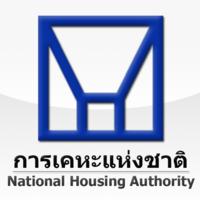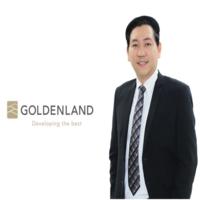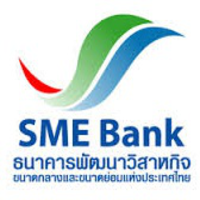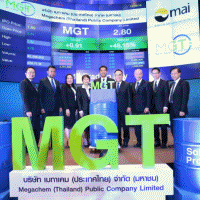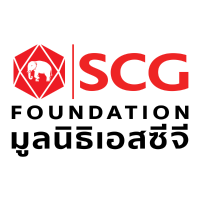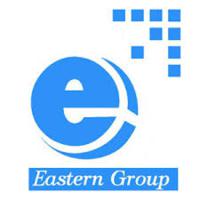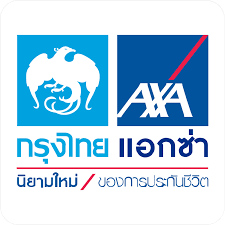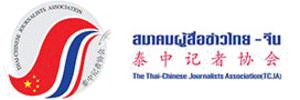- Details
- Category: งานวิจัยเศรษฐกิจ
- Published: Thursday, 09 March 2017 21:46
- Hits: 11038
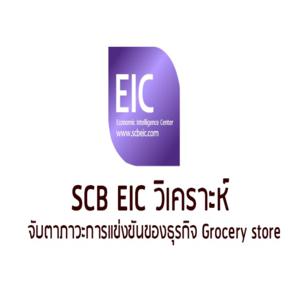 ตลาดส่งออกไฟเบอร์ซีเมนต์ไทย ไปต่ออย่างไรให้ประสบความสำเร็จ
ตลาดส่งออกไฟเบอร์ซีเมนต์ไทย ไปต่ออย่างไรให้ประสบความสำเร็จ
การขยายตัวของตลาดไฟเบอร์ซีเมนต์ไทยในปัจจุบันมีแรงขับเคลื่อนมาจากการส่งออกที่เติบโตอย่างก้าวกระโดดถึงกว่า 16% CAGR ในระหว่างปี 2011-2015 จากความต้องการบริโภคของตลาดส่งออกหลักอย่างฟิลิปปินส์และกลุ่มประเทศ CLMV ที่ขยายตัวขึ้นตามสภาวะเศรษฐกิจที่ฟื้นตัว
อีไอซี มองฟิลิปปินส์ เมียนมา เวียดนามและกัมพูชา เป็นกลุ่มตลาดที่ผู้ประกอบการควรให้ความสำคัญในการขายและการบริหารช่องทางจำหน่าย เนื่องจากมีการพึ่งพาการนำเข้าจากไทยเป็นหลักและมีการขยายตัวของการนำเข้าไฟเบอร์ซีเมนต์ในระดับสูง ส่วนไต้หวันและเกาหลีใต้เป็นกลุ่มตลาดที่ผู้ประกอบการควรเจาะตลาดให้มากขึ้น เนื่องจากเป็นตลาดที่มีมูลค่าการนำเข้าสูงแต่มีการนำเข้าจากไทยที่น้อยมาก
ไฟเบอร์ซีเมนต์เป็นวัสดุก่อสร้างทดแทนชนิดใหม่ที่มีการเติบโตอย่างต่อเนื่องในช่วง 5 ปีที่ผ่านมา ไฟเบอร์ซีเมนต์เกิดขึ้นจากการผสมปูนซีเมนต์ปอร์ตแลนด์และเส้นใยธรรมชาติ เข้ากับส่วนผสมอื่นๆ ทั้งนี้ ด้วยคุณสมบัติที่โดดเด่น อาทิ น้ำหนักเบา แข็งแรง ไม่ลามไฟ ไม่บวมน้ำ ปลอดภัยจากศัตรูไม้ และมีราคาไม่แตกต่างจากไม้จริงมากนัก จึงทำให้ไฟเบอร์ซีเมนต์ถูกนำมาใช้เป็นวัตถุดิบในการผลิตวัสดุก่อสร้างทดแทนไม้จริงมากขึ้น เช่น ไม้พื้นไม้ฝาสังเคราะห์ แผ่นบอร์ดสำหรับฝ้าผนังและเพดาน และกระเบื้องมุงหลังคา เป็นต้น
ในปัจจุบัน ไทยมีจำนวนผู้ผลิตไฟเบอร์ซีเมนต์รายใหญ่อยู่ 6 ราย และมีกำลังการผลิตรวมกันเท่ากับ 2.2 ล้านลูกบาศก์เมตรต่อปี มูลค่าตลาดอยู่ที่ราว 1.45 หมื่นล้านบาทหรือ 20% ของมูลค่าตลาดปูนซีเมนต์ นอกจากนี้ มีการเติบโตเฉลี่ยต่อเนื่องราว 2% CAGR ในระหว่างปี 2011-2015 โดยมี SHERA และ SCG เป็นผู้นำตลาดที่ครองส่วนแบ่งตลาดเท่ากันที่รายละ 38% รองลงมาได้แก่ DRT, CONWOOD, ORAN และ TPIPL ตามลำดับ (รูปที่ 1)
ขณะที่ยอดขายในประเทศหดตัวลงแต่การส่งออกสู่ฟิลิปปินส์และตลาด CLMV กลับเป็นแรงขับเคลื่อนหลักของไฟเบอร์ซีเมนต์ไทย ทั้งนี้ การบริโภคไฟเบอร์ซีเมนต์ในประเทศต่อการส่งออกคิดเป็นสัดส่วน 75% และ 25% ตามลำดับ โดยตลาดในประเทศโดยเฉพาะที่นำไปผลิตเป็นกระเบื้องมุงหลังคานั้นได้รับผลกระทบจากสินค้าทดแทนอย่างหลังคาเหล็ก (metal sheet) ที่มีราคาต่ำในช่วง 5 ปีที่ผ่านมา ประกอบกับการที่ TPIPL เข้ามาแข่งขันด้านราคาในตลาดยิ่งทำให้มูลค่าตลาดในประเทศหดตัวลงจาก 1.13 หมื่นล้านบาท ในปี 2011 เป็น 1.03 หมื่นล้านบาท ในปี 2015 หรือหดราว 2% CAGR (รูปที่ 1)
ในขณะที่ตลาดส่งออกไฟเบอร์ซีเมนต์ของไทยในช่วงที่ผ่านมานั้นได้รับแรงสนับสนุน 3 ด้าน ได้แก่ 1) สภาวะเศรษฐกิจของประเทศผู้นำเข้าที่เริ่มฟื้นตัวขึ้น 2) คุณภาพของไฟเบอร์ซีเมนต์ของไทยที่ได้รับการยอมรับและเป็นที่ต้องการในตลาดต่างประเทศ และ 3) ราคาที่ต่ำกว่าคู่แข่งหลักอย่างมาเลเซียอยู่ถึง 13% ซึ่งส่งผลให้มูลค่าส่งออกนั้นเพิ่มขึ้นจาก 2.3 พันล้านบาท ในปี 2011 เป็น 4.2 พันล้านบาท ในปี 2015 เติบโตเฉลี่ยถึง 16% CAGR ต่อปี (รูปที่ 1) สะท้อนให้เห็นถึงโอกาสของตลาดส่งออกที่ยังเติบโตได้อีกมากและจะช่วยชดเชยการหดตัวของตลาดในประเทศให้กับผู้ประกอบการได้อีกด้วย
โดยทั่วไป ลักษณะของตลาดส่งออกไฟเบอร์ซีเมนต์แบ่งได้ 3 ประเภท ซึ่งในแต่ละประเภทก็ต้องการการวางกลยุทธ์ทำตลาดที่แตกต่างกันออกไป อีไอซีได้ประเมินกลุ่มตลาดส่งออกไฟเบอร์ซีเมนต์ ตามส่วนแบ่งตลาด และการเติบโตของการนำเข้า เป็น 3 กลุ่ม ได้แก่ 1) กลุ่ม 'High Share & High Growth' ประกอบด้วย ฟิลิปปินส์ เมียนมา เวียดนาม และกัมพูชา 2) กลุ่ม 'High Share & Low Growth' คือ สปป.ลาว และ 3) กลุ่ม'Low Share & Low Growth' ประกอบด้วยไต้หวันและเกาหลีใต้
สำหรับ กลุ่ม High Share & High Growth ผู้ประกอบการควรให้ความสำคัญด้านการบริหารช่องทางจัดจำหน่าย ทั้งการพิจารณาการขยายสาขารวมถึงการบริหารจัดการสต็อกสินค้า เพื่อให้สามารถตอบสนองความต้องการบริโภคที่ขยายตัวขึ้นได้ นอกจากนี้ ควรร่วมมือกับช่องทางจัดจำหน่ายที่มีศักยภาพเพื่อให้เข้าถึงกลุ่มผู้บริโภคจำนวนมากซึ่งตัวอย่างความสำเร็จเห็นได้จากการที่ SHERA เข้าไปรุกตลาดฟิลิปปินส์ในปี 2013 ด้วยการจับมือเป็นพันธมิตรกับโมเดิร์นเทรดวัสดุก่อสร้างรายใหญ่ในท้องถิ่นอย่าง CW Home Depot จนทำให้มูลค่าส่งออกไฟเบอร์ซีเมนต์ของไทยไปฟิลิปปินส์ในภาพรวมเติบโตถึงกว่า 30% CAGR ต่อปี สำหรับช่วงปี 2013-2015
กลุ่ม High Share & Low Growth ผู้ประกอบการควรรักษาส่วนแบ่งตลาด และหาทางขยายตลาดไปพร้อมกัน ทั้งนี้ ด้วยลักษณะของตลาดที่ค่อนข้างอิ่มตัว ผู้ประกอบการจึงไม่จำเป็นที่จะต้องขยายช่องทางจัดจำหน่ายอีก แต่ควรให้ความสำคัญกับการรักษาส่วนแบ่งตลาดไว้ให้นานที่สุด ด้วยการควบคุมคุณภาพของสินค้า การติดตามกฎระเบียบทางการค้าอย่างใกล้ชิดเพื่อทำให้เกิดความต่อเนื่องของการทำตลาด นอกจากนี้ ผู้ประกอบการควรจะกระตุ้นตลาดให้มีการขยายตัวมากขึ้นด้วยการพัฒนาผลิตภัณฑ์ให้มีรูปแบบในการใช้งานที่หลากหลาย รวมถึงพัฒนาสินค้าที่ใช้กับไฟเบอร์ซีเมนต์ (complementary product) อาทิ สีทาไม้ไฟเบอร์ซีเมนต์ เพื่อให้มีรายได้ที่มากขึ้น
สุดท้ายกลุ่ม Low Share & Low Growth ผู้ประกอบการควรชูจุดแข็งด้านราคาเพื่อคว้าโอกาสในการเพิ่มส่วนแบ่งตลาดให้มากขึ้น ปัจจุบันไทยมีการส่งออกไฟเบอร์ซีเมนต์ไปยังตลาดกลุ่มนี้เพียง 150 ล้านบาท จากมูลค่านำเข้าทั้งหมด 2.6 พันล้านบาท หรือเพียง 6% เท่านั้น ซึ่งน้อยกว่าคู่แข่งหลักอย่างมาเลเซีย ญี่ปุ่น และจีน ที่มีมูลค่าส่งออกถึง 40%, 30% และ 20% ตามลำดับ โดยผู้ประกอบการไทยควรอาศัยข้อได้เปรียบด้านราคาส่งออกที่ต่ำกว่าคู่แข่ง (รูปที่ 2) จากความพร้อมด้านวัตถุดิบที่เหนือกว่าเพื่อคว้าโอกาสในการเจาะตลาดให้มากขึ้นในอนาคต
Implication
อีไอซีแนะผู้ผลิตไฟเบอร์ซีเมนต์เลือกตลาดส่งออกให้เหมาะสมเพื่อชดเชยการหดตัวในประเทศ ทั้งนี้ ผู้ประกอบการควรเลือกโฟกัสตลาดกลุ่ม High Share & High Growth และ High Share & Low Growth เป็นอันดับแรก เนื่องจากเป็นตลาดที่ผู้ประกอบการไม่ต้องเริ่มทำ branding ใหม่ตั้งแต่ต้น เพราะมีการนำเข้าจากไทยเป็นหลักอยู่แล้ว นอกจากนี้ ยังเป็นตลาดที่มีทำเลที่ตั้งใกล้กับไทยซึ่งจะส่งผลให้ผู้ประกอบการสามารถบริหารต้นทุนและควบคุมคุณภาพในการขนส่งได้ง่ายกว่าเมื่อเปรียบเทียบกับการเข้าไปทำตลาดในกลุ่ม Low Share & Low Growth
อย่างไรก็ตาม หน่วยงานภาครัฐที่เกี่ยวข้องควรเข้ามาเปิดตลาด Low Share & Low Growth ด้วยการนำผู้ประกอบการไทยไปร่วมพบปะเจรจาทางธุรกิจ (business matching) กับผู้นำเข้าไฟเบอร์ซีเมนต์รายใหญ่ของตลาด เพื่อที่จะทำให้การเจรจาทางธุรกิจสามารถเกิดขึ้นได้ในทันที และนำไปสู่การขยายตัวของการส่งออกได้อีกด้วย
Fiber cement exports: how to crack the market?
Highlight
The growth of the Thai fiber cement market is currently driven by exports, which rose at the rate of 16% CAGR between 2011-2015. The expansion can be attributed to rising demand thanks to recovering economic conditions in major export markets, such as the Philippines and CLMV countries.
Businesses should prioritize sales and management of distribution channels in the Philippines, Myanmar, Vietnam, and Cambodia, as these markets rely largely on Thai exports, with import demand projected to rise further. In addition, manufacturers may also consider trying to open up the markets in Taiwan and South Korea. With high import values overall but minimal Thai imports, the two markets present the Thai fiber cement industry with new opportunities.
Fiber cement is a new type of building material whose popularity has been growing over the past five years. Fiber cement is wood substitute made from portland cement mixed with natural fibers and other ingredients. It is light, durable, non-flammable, resistant to water and insects, and costs roughly the same as actual wood. Because of its superior properties it has become the replacement product of choice in many different contexts, including flooring, siding, roofing and as ceiling boards.
Currently there are six major players in Thailand, with a combined manufacturing capacity of 2.2 million cubic meters and a market value totaling THB 14.5 billion, or 20% of the cement market's total value. Between 2011-2015 the fiber cement market grew 2% CAGR. SHERA and SCG are the two market leaders, each sharing 38% of the market, followed by DRT, CONWOOD, ORAN, and TPIPL, respectively (Figure 1)
While domestic sales have shrunk, growth has been driven by exports to the Philippines and CLMV markets. Domestic consumption makes up 25% of the fiber cement market, with the rest supported by exports. In Thailand, the market for fiber cement, especially roof tiles, has been affected by the relatively low price of metal roofing sheets in the past 5 years. Coupled with more intense price competition after TPIPL's entrance into the market, the domestic market value has shrunk from THB 11.3 billion in 2011 to 10.3 billion in 2015, or 2% CAGR (Figure 1).
On the other hand, fiber cement exports have been growing steadily, buoyed by 1) better economic conditions in importing countries 2) recognition of Thai fiber cement's quality, resulting in demand and 3) the relatively low price of Thai fiber cement (13% lower than fiber cement from major competitor Malaysia). These supporting factors helped raise the export value from THB 2.3 billion in 2011 to THB 4.2 billion in 2015, or 16% CAGR (Figure 1). The figures demonstrate the potential for more export growth, which can also help compensate for the loss of domestic sales.
The fiber cement export market can be divided into three segments. Each requires a different marketing strategy. EIC divides the export market based on market share and the rate of import growth. The three groups are 1) “High Share & High Growth”: the Philippines, Myanmar, Vietnam, and Cambodia 2) “High Share & Low Growth”: Lao PDR and 3) “Low Share & Low Growth”: Taiwan and South Korea.
In the High Share & High Growth category, businesses should prioritize the management of distribution channels, including the expansion of branches and management of product stock in order to meet the growing demand in countries such as the Philippines, Myanmar, Vietnam, and Cambodia. Partnerships with distributors with access to a large number of buyers would seem to be the best option, as proven by the success of SHERA in penetrating the Philippine market in 2013 through its partnership with a major local building material modern trade retailer (CW Home Depot), resulting in Thai fiber cement's impressive growth rate of 30% CAGR from 2013 to 2015 in that country.
In the High Share & Low Growth group, businesses should try to keep their current market shares, while looking for growth opportunities. Due to the rather saturated market, businesses don't need to expand their distribution channels further. Rather, they should focus on keeping their market shares for as long as possible through quality control and strict adherence to the latest trade regulations in order to support continuity in marketing. Businesses may also stimulate the market through the development of new products allowing more diverse uses, as well as complementary products such as wood coatings for fiber cement, all of which will bring in more revenue even in a saturated market.
Lastly, in the Low Share & Low Growth group, businesses can compete on price in order to increase their market shares. Currently Thailand's export value in this market is only THB 150 million, or 6% of the total import value (THB 2.6 billion). Thailand's market share is behind major exporters such as Malaysia (40%), Japan (30%), and China (20%). This means more opportunity for Thai fiber cement manufacturers to penetrate the market in the future. Thanks to the ready availability of raw materials, Thai fiber cement costs less. To increase their market shares, businesses should draw on their strength in export prices (average USD 260/cubic meter), which is lower than that of major competitors such as Malaysia (average USD 300/cubic meter), China and Japan (similar at roughly USD 1,100/cubic meter) (Figure 2).
Implication
EIC recommends fiber cement manufacturers should select export market compensate the shrinking domestic market. They should focus on High Share & High Growth market and High Share & Low Growth market because the markets already imported from Thailand so the manufacturers don’t have to build brand from scratch. Moreover, these markets locate near Thailand so it easier to manage transportation cost as well as better quality control, comparing with Low Share & Low Growth Market
Relevant government agencies should help Thai manufacturers open up the market in Taiwan and South Korea. This can be done through the arranging of business matching between Thai businesses and major fiber cement importers in these countries. Meetings may immediately lead to deals and can help expand Thailand's export market.





